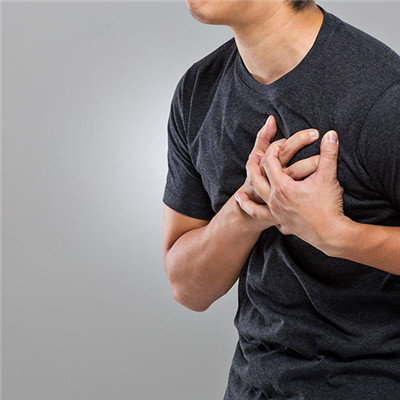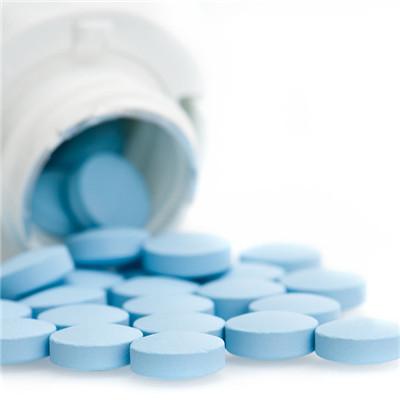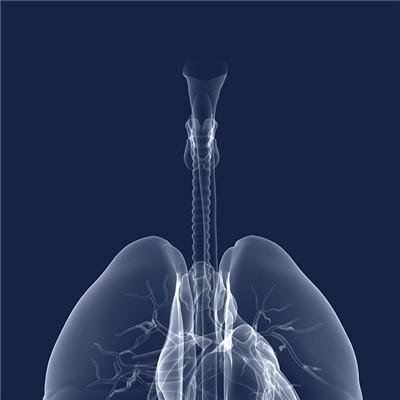What does ascites show
summary
Ascites, for patients, the emergence of this phenomenon, may feel uncomfortable, there are many specific symptoms, ascites for the body itself has a certain harm, so how to confirm that they have ascites, to share with you what the performance of lower abdominal water this common problem!
What does ascites show
First: there are about 50 ml of free fluid in the abdominal cavity of normal people, which plays a role in maintaining the lubrication between organs. When there is too much free fluid, it can be called ascites. What are the symptoms of early liver ascites? Liver disease experts said that when the amount of ascites is higher than 50 ml and lower than 500 ml, most patients have no obvious symptoms, and there is no obvious change in the appearance of the abdomen, most of them can only be found by ultrasound
Second: when the ascites increase to a certain extent, reaching more than 500 ml, the patient can consciously have abdominal distension, distending pain and other symptoms, abdominal swelling, physical examination can have mobile voiced. Severe liver ascites, ascites volume of more than 3000 ml, the patient will appear nausea, vomiting, edema and other symptoms, due to excessive ascites compression diaphragm, instant shortness of breath, may also appear dyspnea.
Third: liver cirrhosis patients with liver ascites has belonged to the late stage of liver cirrhosis, so the early symptoms of liver ascites are often accompanied by the late symptoms of liver cirrhosis: such as loss of appetite, poor nutritional status, fatigue, dark complexion, low spirit and so on. When ascites is accompanied by acute peritonitis, abdominal muscle tension, tenderness, rebound pain, and abdominal breathing weaken or disappear.
matters needing attention
Through the above symptom analysis, we can roughly determine what is ascites and what are the symptoms of liver ascites, but now the symptoms of many diseases are very similar, so if you want to be more sure that you are liver ascites, you should go to the hospital for further examination.















